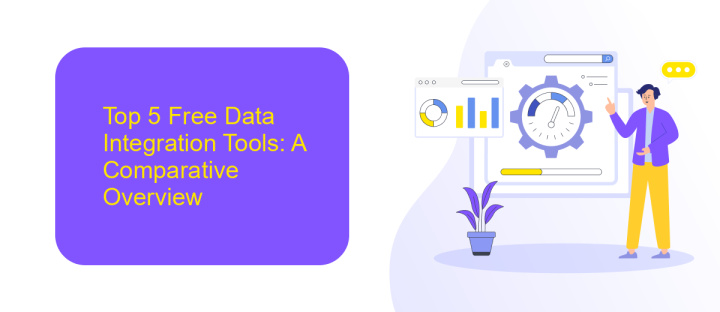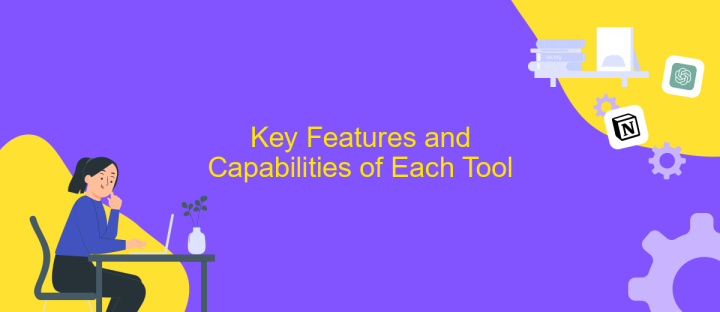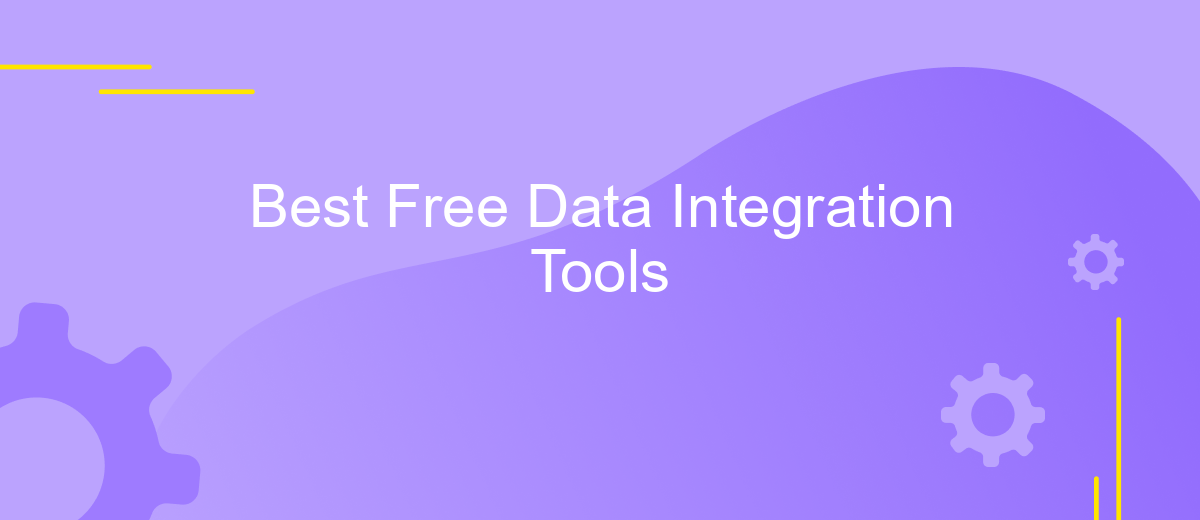Best Free Data Integration Tools
In today's data-driven world, seamless integration of diverse data sources is crucial for businesses aiming to leverage their information assets effectively. Fortunately, there are numerous free data integration tools available that can help organizations streamline their data processes without breaking the bank. This article explores the best free data integration tools, highlighting their features and benefits to assist you in making an informed decision.
Introduction: The Importance of Data Integration
In today's data-driven world, the ability to seamlessly integrate data from diverse sources is crucial for organizations aiming to harness the full potential of their information assets. Data integration is the process of combining data from different sources to provide a unified view, enabling more informed decision-making and enhanced operational efficiency. As businesses continue to generate and collect vast amounts of data, effective integration becomes a cornerstone for maintaining competitiveness and driving innovation.
- Facilitates comprehensive data analysis by merging disparate datasets.
- Enhances collaboration across departments by providing a unified data view.
- Improves data accuracy and consistency by eliminating silos.
- Streamlines business processes and boosts productivity.
- Supports scalability and flexibility in handling growing data volumes.
By investing in robust data integration tools, organizations can break down data silos and ensure that decision-makers have access to timely, accurate, and relevant information. This not only supports strategic planning but also empowers businesses to respond swiftly to market changes and customer needs. As the digital landscape evolves, the importance of effective data integration will only continue to grow, making it a vital component of any successful data strategy.
Top 5 Free Data Integration Tools: A Comparative Overview

In the realm of data integration, several free tools stand out for their efficiency and user-friendliness. Talend Open Studio is renowned for its open-source nature, offering a robust suite of tools for data integration and transformation. Apache Nifi, another powerful tool, excels in automating data flow between systems with its intuitive web-based interface. CloverDX Community Edition provides a comprehensive data integration platform with a focus on flexibility and scalability, suitable for both small and large projects.
For those seeking simplicity, ApiX-Drive offers a seamless experience with its easy-to-use interface, enabling users to connect various applications without extensive technical knowledge. It simplifies the integration process, making it accessible for businesses of all sizes. Lastly, Pentaho Data Integration stands out with its extensive capabilities for data cleansing and ETL processes, supporting a wide range of data sources. Each of these tools brings unique strengths to the table, catering to different needs and ensuring efficient data management across platforms.
Key Features and Capabilities of Each Tool

When exploring the best free data integration tools, it's crucial to understand the key features and capabilities that make each tool stand out. These tools are designed to streamline data processes, offering various functionalities that cater to different integration needs.
- Tool A: Offers seamless API integration, real-time data syncing, and a user-friendly drag-and-drop interface.
- Tool B: Provides robust ETL capabilities, supports multiple data sources, and includes built-in data transformation features.
- Tool C: Features advanced data mapping, cloud-based deployment, and comprehensive data security measures.
- Tool D: Allows for automated workflow scheduling, extensive data analytics, and easy scalability for growing businesses.
- Tool E: Ensures high data accuracy with error-checking algorithms, supports batch processing, and integrates with popular BI tools.
Each of these tools offers unique strengths that cater to various data integration scenarios. By evaluating these features, businesses can select the tool that best aligns with their specific requirements, ensuring efficient and effective data management.
Choosing the Right Tool for Your Needs

When selecting a data integration tool, it's crucial to assess your specific needs and requirements. Consider the complexity of your data sources and the volume of data you handle. A tool that works well for a small business may not be suitable for a large enterprise. Understanding your data landscape is the first step in making an informed decision.
Another key factor is evaluating the tool's compatibility with your existing systems. Ensure that the tool can seamlessly integrate with your current technology stack to avoid potential disruptions. Additionally, consider the learning curve associated with the tool. A user-friendly interface can significantly reduce the time and resources needed for training.
- Assess the tool's scalability to accommodate future growth.
- Check for community support and available documentation.
- Evaluate the tool's security features to protect sensitive data.
- Consider the cost and available budget for implementation.
Ultimately, the right data integration tool should align with your business goals and technical requirements. By carefully evaluating these factors, you can choose a solution that not only meets your current needs but also supports your long-term data strategy. Remember, the best tool is one that enhances your data processes efficiently and effectively.


Conclusion: Future Trends in Data Integration
As data integration continues to evolve, several trends are shaping its future. One key trend is the increasing adoption of AI and machine learning to automate and optimize integration processes. These technologies help in predicting data patterns and anomalies, making integrations more efficient and accurate. Additionally, cloud-based integration tools are gaining traction due to their scalability and flexibility, enabling businesses to manage vast amounts of data seamlessly. Services like ApiX-Drive are at the forefront, offering user-friendly interfaces and automation capabilities that simplify the integration process for businesses of all sizes.
Another significant trend is the emphasis on real-time data integration, driven by the need for instant insights and decision-making. As businesses move towards a more data-driven approach, the demand for tools that provide real-time data synchronization across platforms is increasing. Furthermore, the focus on data security and compliance is intensifying, prompting the development of integration tools that prioritize data protection. As these trends continue to unfold, businesses will need to adapt and leverage advanced integration solutions to stay competitive and harness the full potential of their data assets.
FAQ
What are data integration tools used for?
How do free data integration tools compare to paid ones?
Can I automate data integration processes with free tools?
What should I consider when choosing a free data integration tool?
Are there any limitations to using free data integration tools?
Routine tasks take a lot of time from employees? Do they burn out, do not have enough working day for the main duties and important things? Do you understand that the only way out of this situation in modern realities is automation? Try Apix-Drive for free and make sure that the online connector in 5 minutes of setting up integration will remove a significant part of the routine from your life and free up time for you and your employees.

